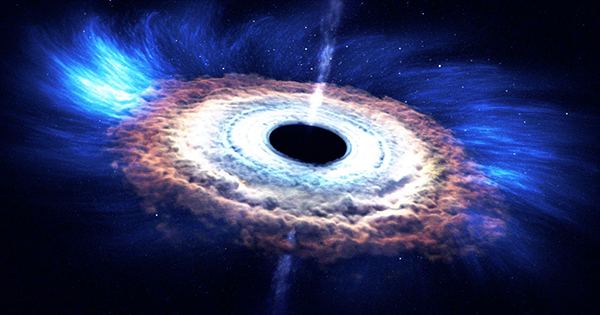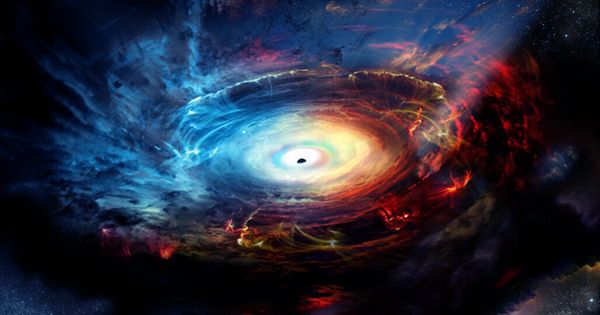A new scientific hypothesis suggests something more basic: the center of the Milky Way has a larger origin of dark matter than a supermassive black hole. This may explain some of the peculiarities in current observations of the motions of stars centering on the core of our galaxy. The central object in our galaxy is Sagittarius A * (pronounced a star) or SGR A * for short. It is estimated to be a supermassive black hole weighing about 4.15 million times the mass of our Sun.
Evidence of this can be found in the motion of stars around the center of the galaxy, especially a star called S2, which was used to test Einstein’s general relativity. The motion of this star and the change of color at its nearest point to the SGRA * support this idea of a very large and compact object like a black hole located at the core of the Milky Way.

As the star orbits the black hole, its orbit shifts and the closest point the black hole changes with each turn. General relativity predicts exactly how much the orbit changes. An unusual class of objects known as the G-Class also orbits the Galactic Center and does not do them justice by calling them funny. They are objects like compact stars but if they are positioned close to SGRA * they look like extended- interstellar clouds.
They look like gas but act like stars. There are, however, some peculiarities of the motion of this object which have not yet been fully explained, which gives some leeway in considering the alternative of black holes. The new estimate, adopted for publication the MNRAS letter and available for reading as a preprint, contains ideas about what it could be. The team suggests that the compact object is not a black hole, but a dense root of a certain type of dark matter called ” darkinos”.
The team claims that the speed of the S2 and one of the first discoverer G-class objects, the oddity of the G2 is a better fit for their dark matter core scene than a supermassive black hole. To further test this they added speed to other stars in the S class Found that they matched their model.











